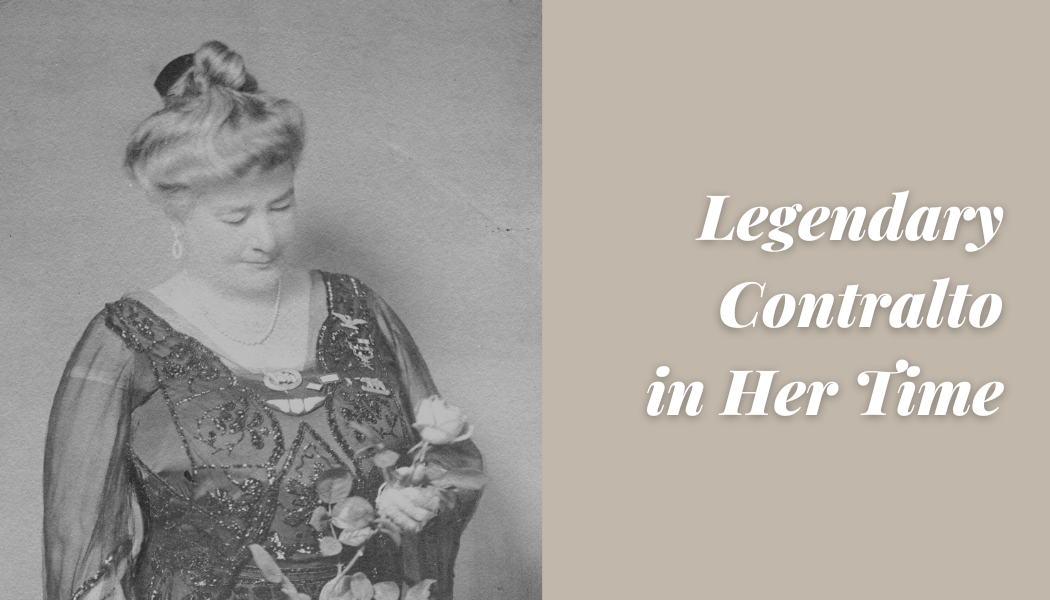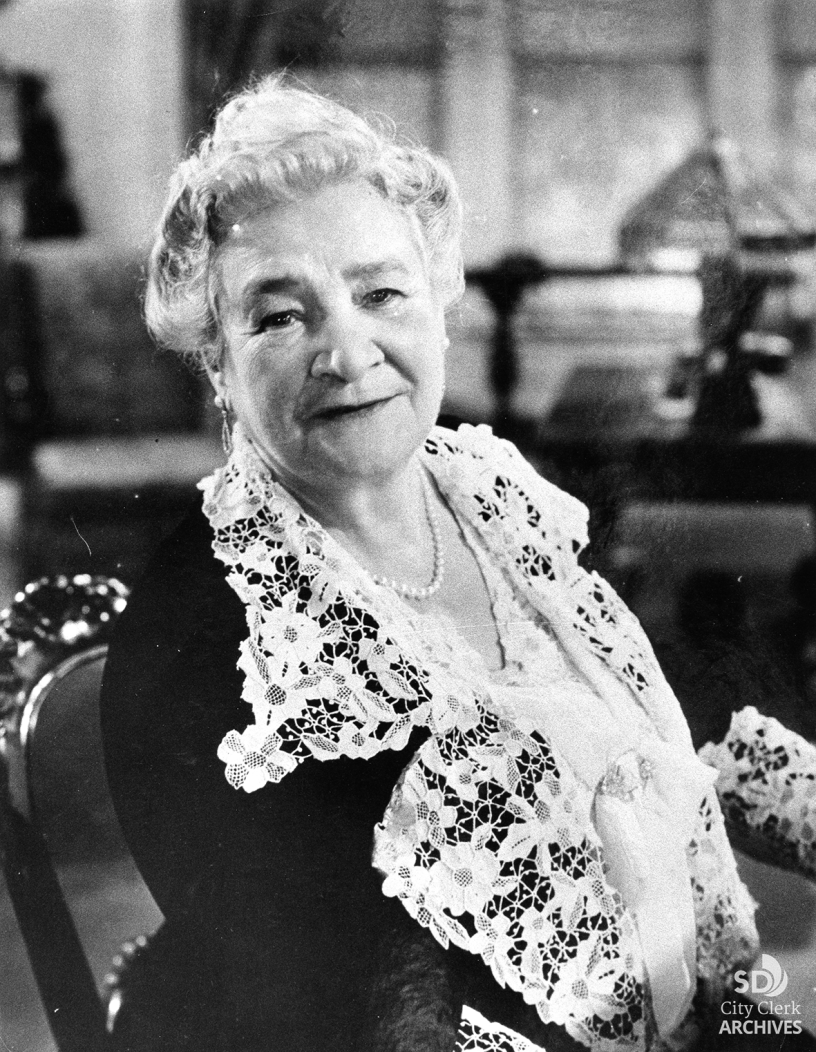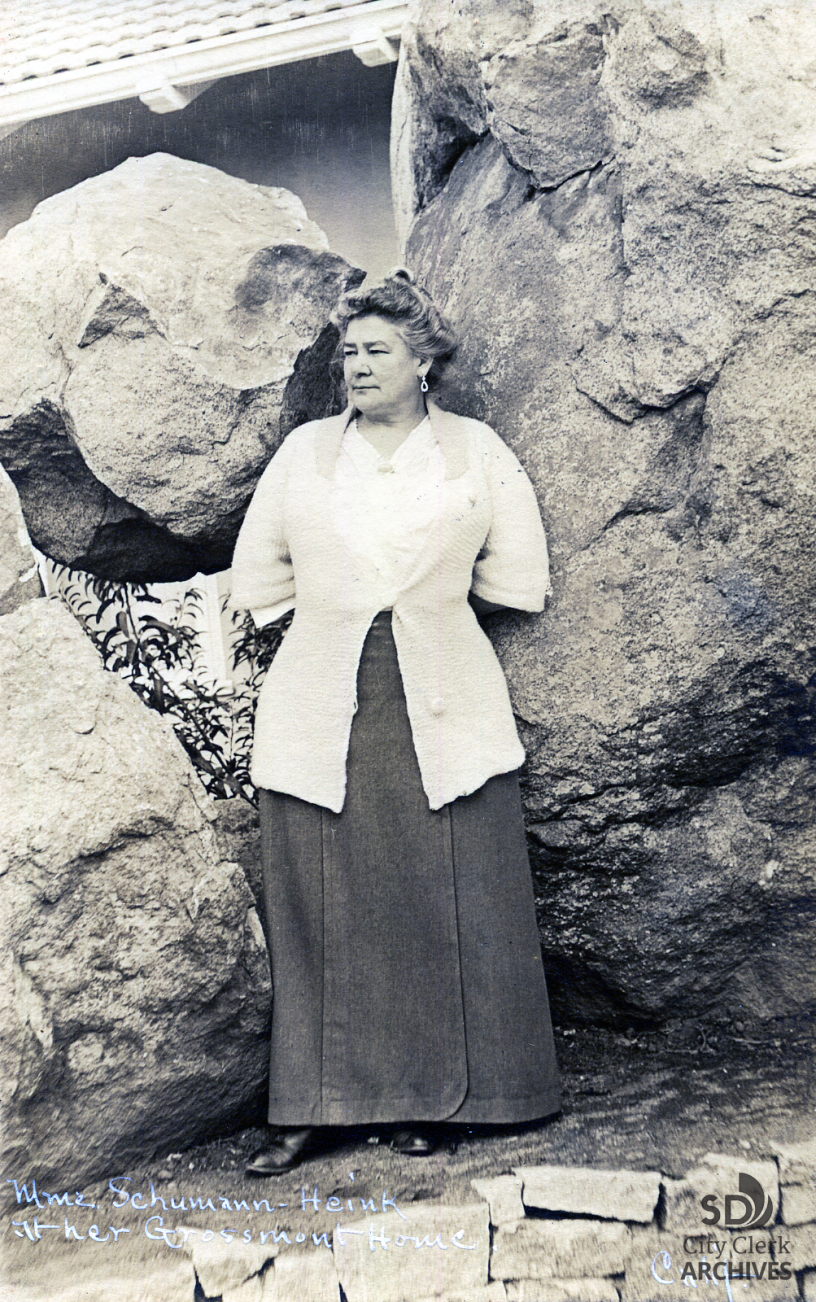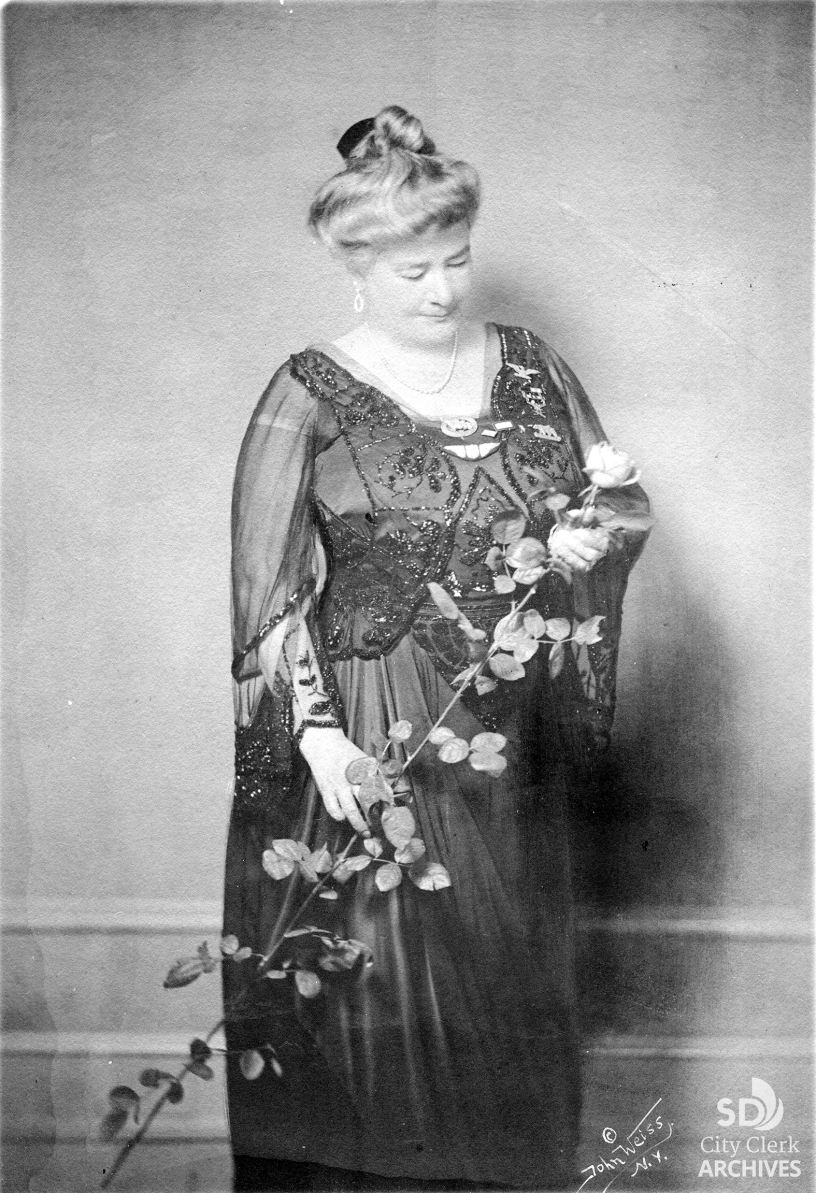Ernestine Schumann-Heink

Ernestine Schumann-Heink (1861-1936) was a renowned contralto singer. Her powerful and emotive voice made her one of the most celebrated opera singers of her time. Ernestine gained recognition in America and throughout Europe for her exceptional vocal range and dramatic interpretations. In 1899, she embarked on a highly successful international tour, captivating audiences worldwide. She became a favorite at the Metropolitan Opera in New York City, performing in operas like Wagner's "Tristan und Isolde" and Verdi's "Aida." Ernestine also excelled in concert singing, interpreting German lieder and performing with symphony orchestras. Her career spanned several decades, and she retired in 1932 but remained involved in music as a teacher and mentor. Ernestine's legacy endures as one of the greatest contraltos of her era, with her recordings continuing to enchant listeners today.
Resources:
1. Photographs of Ernestine Schumann-Heink:
 |  |  |
2. Documents & Newspaper:
3. Additional Resource:
- Ernestine Schumann-Heink's Biography (Jewish Women's Archive)
- Madame Schumann-Heink (By Richard W. Amero)
For Elementary School Students in Grade 1-3:
Tools:
1. Analyze a Photograph 2. Analyze a Document
Lesson Objectives:
Students will learn about the life and accomplishments of Ernestine Schumann-Heink and explore the beauty and power of her voice.
Lesson Preparation:
- Biographical information about Ernestine Schumann-Heink (Recommend Resource)
- Audio and video recordings of her performances (Recommend Resource)
Lesson Procedure:
- Step 1: Introduction
- Show pictures of Ernestine Schumann-Heink to the students and ask if they recognize her. Explain that she was a famous singer who lived a century ago.
- Engage the students by asking them questions about their favorite songs and singers.
- Step 2: Biography and Discussion
- Provide a brief overview of Ernestine Schumann-Heink's life, including her birthplace, her career as an opera singer, and her achievements. (Recommend Resource)
- Discuss the concept of a contralto voice and how it differs from other vocal ranges. (Recommend Resource)
- Encourage students to share their thoughts and ask questions about opera and singing.
- Step 3: Listening Activity
- Play audio recordings of Ernestine Schumann-Heink's performances, featuring a variety of songs and arias. (Recommend Resource)
- Ask students to listen attentively and pay attention to the emotions conveyed through her voice.
- After each performance, facilitate a short discussion about what they heard and how it made them feel.
Summary:
Students are encouraged to appreciate diverse musical genres and the talents of singers spanning various historical periods. Summarize the key takeaways from the lesson, highlighting the significance of Ernestine Schumann-Heink's legacy in the world of opera. Organize a class visit to a local theater or opera house to watch a live performance or rehearsal if time and conditions allow.

